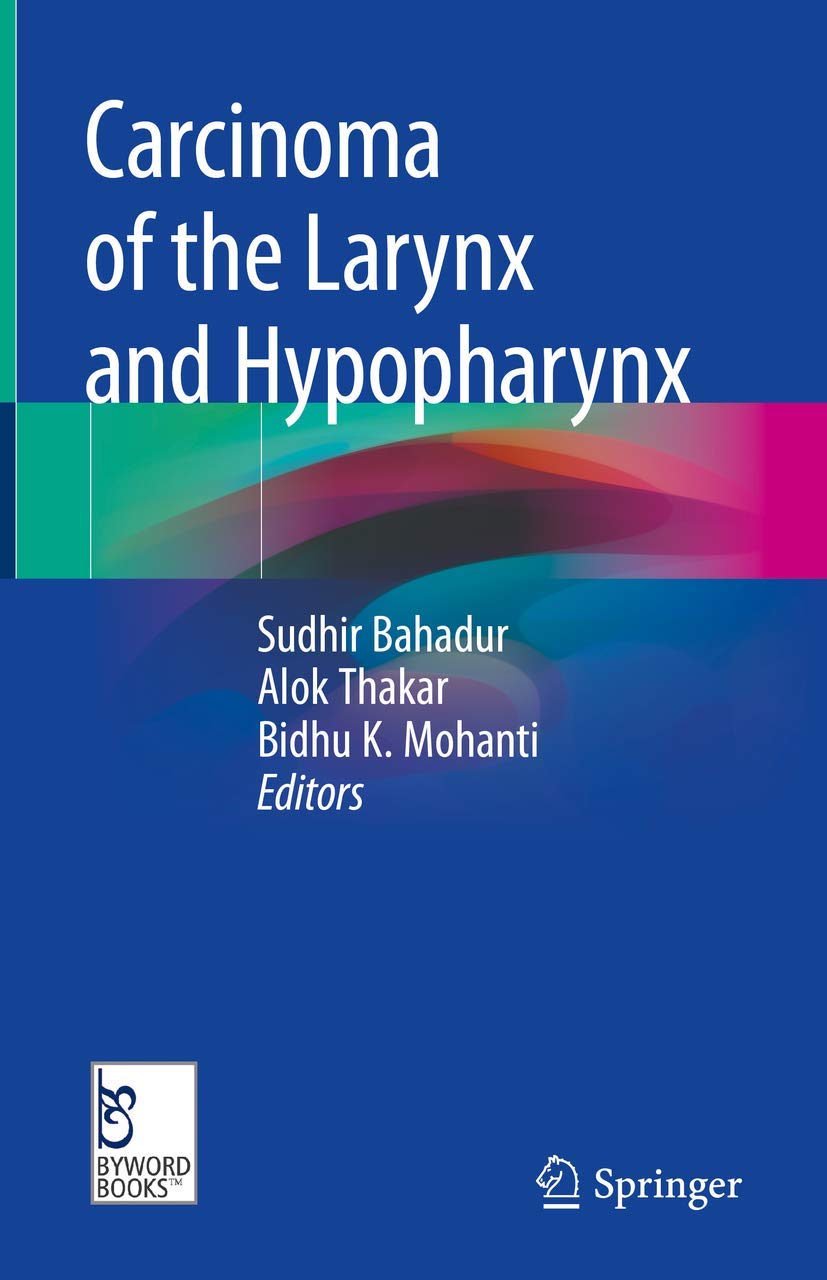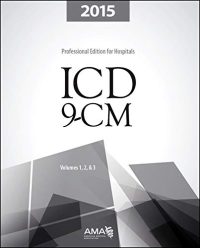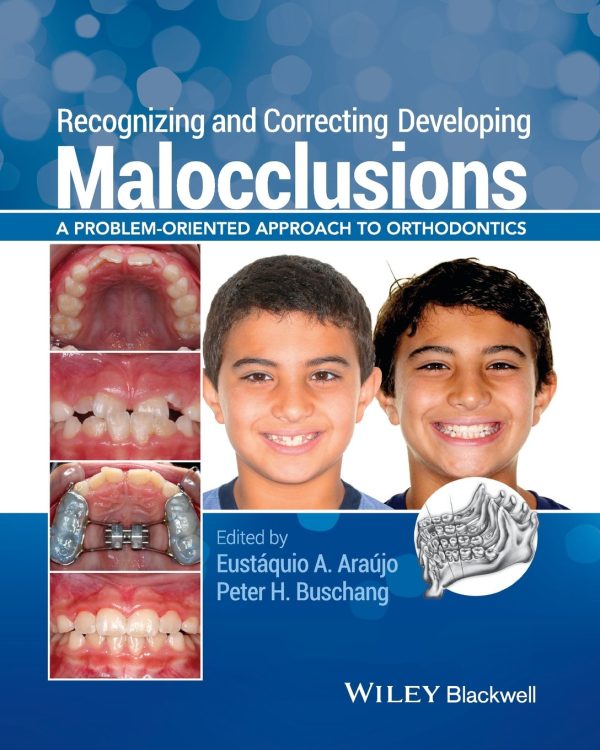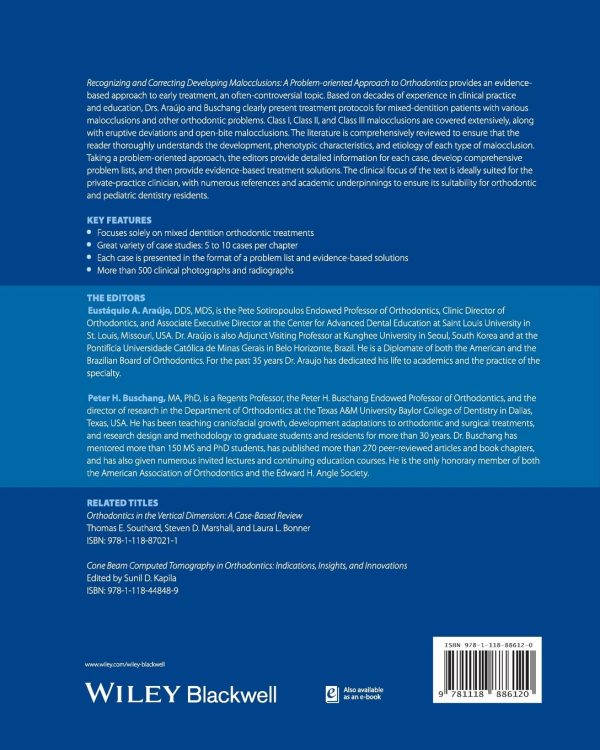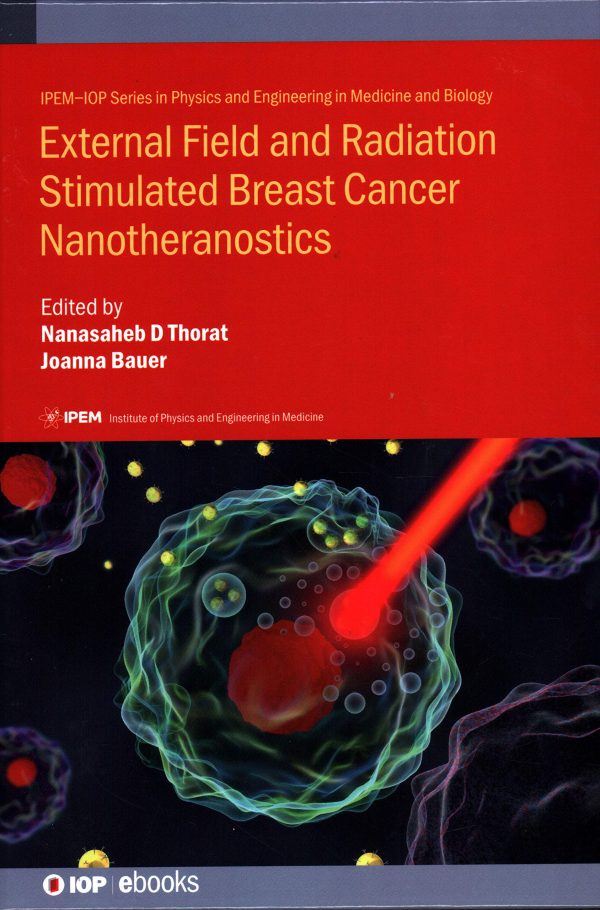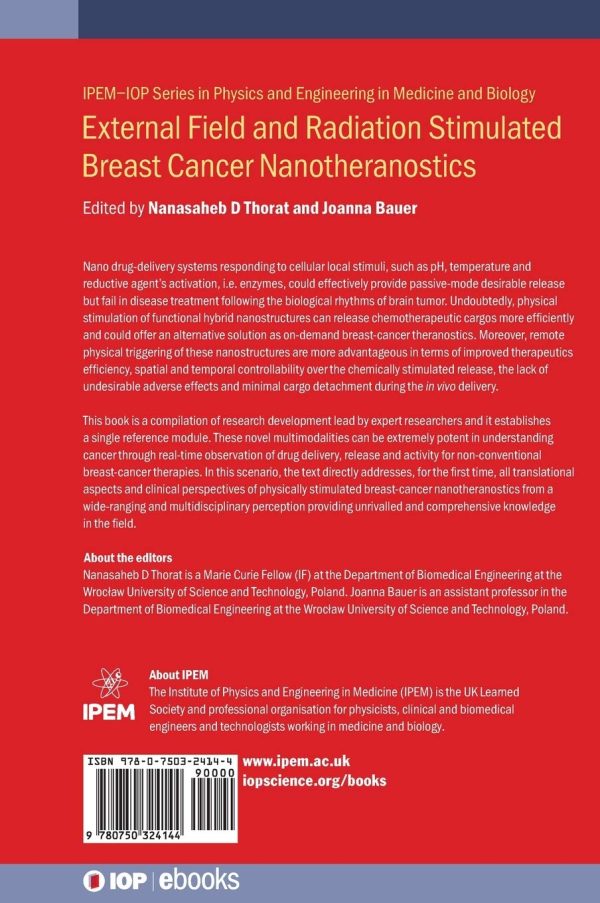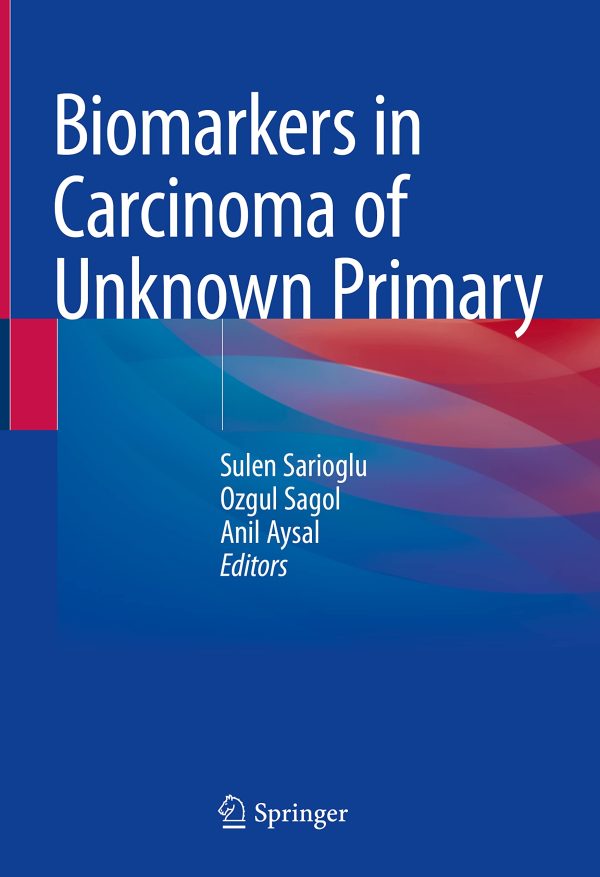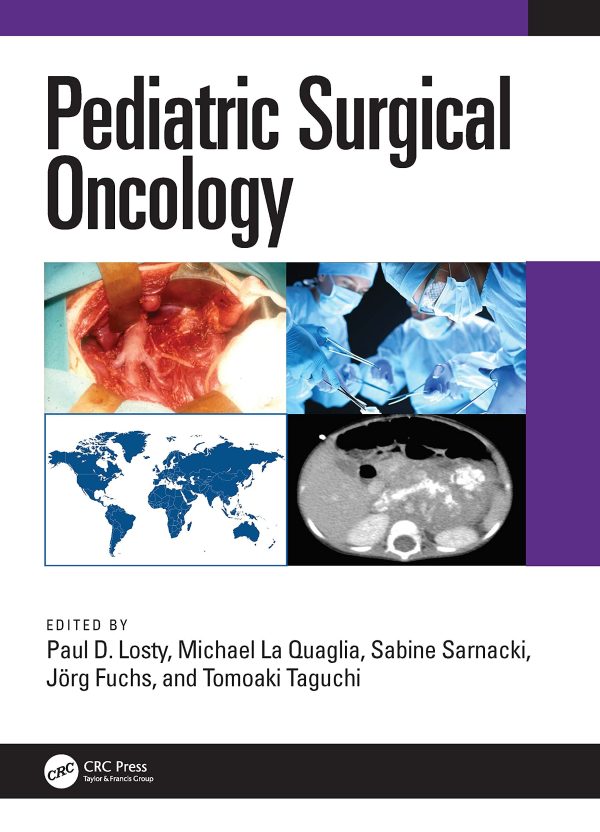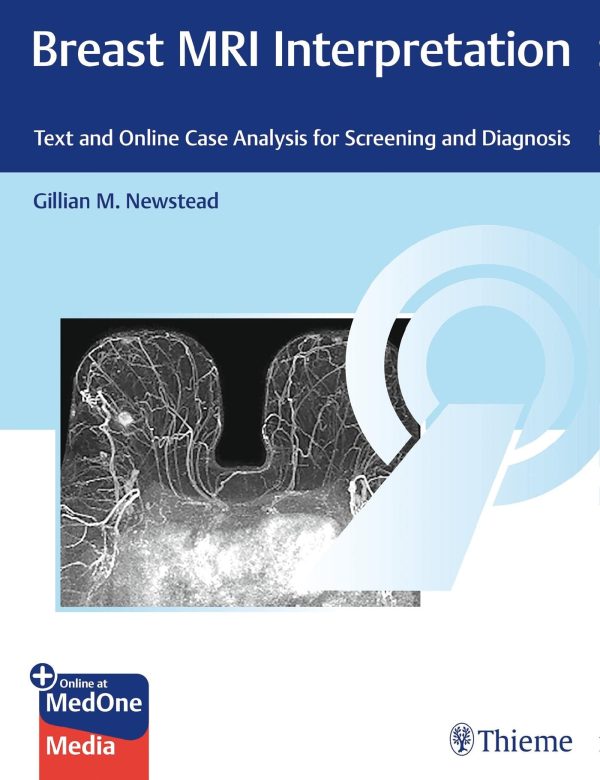Description
Carcinomas of the larynx and hypopharynx present unique challenges when it comes to their assessment and management. Management involves the essential dilemma of optimizing cure rates while also ensuring that potential disability due to compromised airway, voice and swallowing is minimized. Treatment decisions involve careful disease assessment, judicious multispecialty decision-making, and subsequent meticulous implementation of the selected treatment modalities.
The critical nature of each of these steps has led to dramatic advances in assessment techniques (radiology, endoscopy and photography, stroboscopy, narrow band imaging, contact endoscopy) and also in treatment methods (radiation therapy, combined concurrent chemo-radiation, combined sequential chemo-radiation, trans-oral CO2 laser and robotic surgery, partial laryngectomy, total laryngectomy, extended total laryngectomy). As such, treatment decisions have become increasingly complex with the twin objectives of maximizing cure as well as function preservation and are based on tumor stage, tumor location, systemic co-morbidities, nutritional status, patient priorities, and social and economic factors.
This multidisciplinary book has been written by a team of editors with considerable experience and expertise in these critical areas and a deep understanding of teamwork and the strengths and limitations of individual technologies and treatments. It presents a homogeneous and unbiased view that is applicable to all specialties involved in the care of larynx and hypopharynx cancers.

